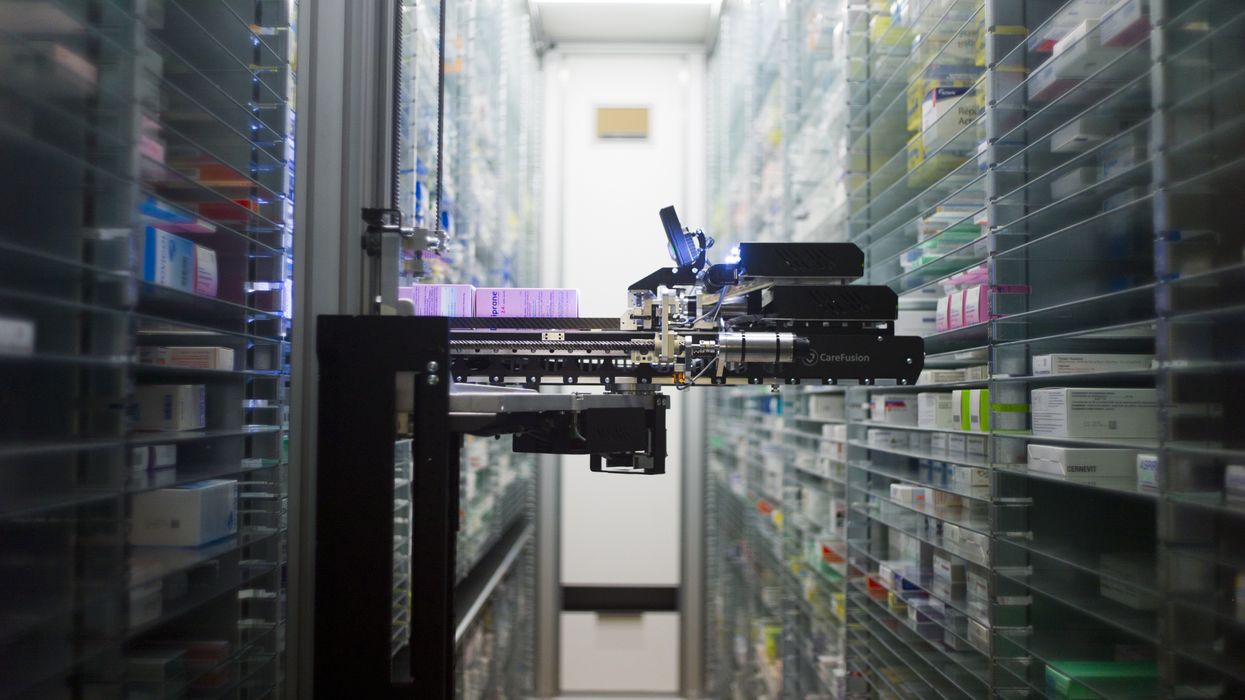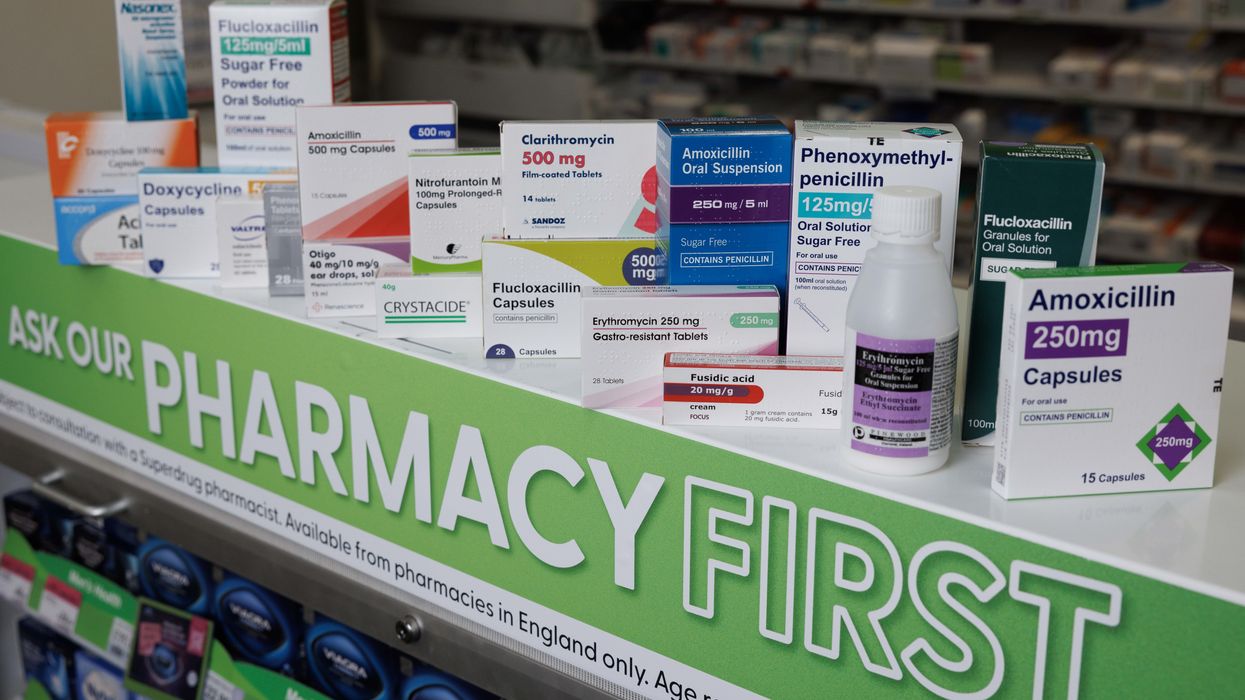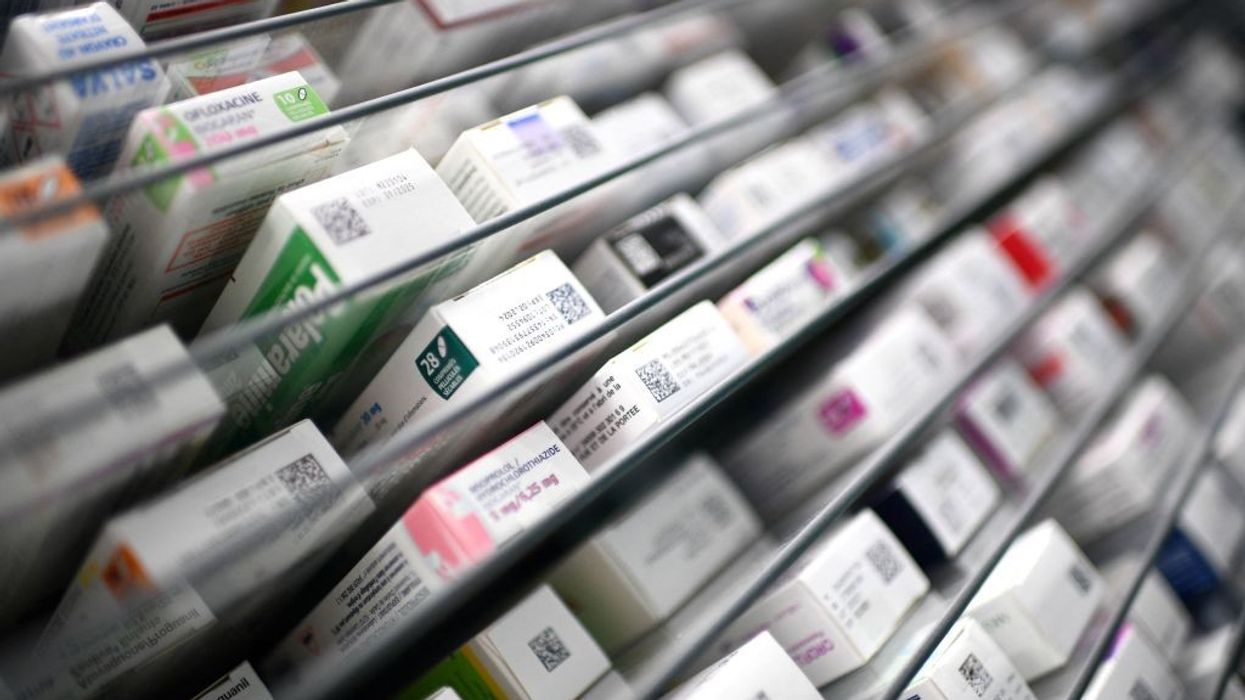By Tariq Muhammad, CEO, Invatech Health Ltd
If we go back ten years, we’d see that pharmacy automation was a fringe idea and PMR systems stood in the dark ages with zero innovation. A few pharmacies had a robot, and some businesses had implemented basic software systems to support peripheral activities. Meanwhile, paper prescriptions were everywhere and the whole dispensing process was incredibly labour intensive.
Fast forward to today and the pharmacy landscape has completely shifted. The changes in the pharmacy contract over the last five years has forced pharmacies to adopt technology for their survival and shift their operating model. Those who have resisted change or ignored the warnings have either closed their doors, sold up or are losing money right now. For those that have adapted, here are four factors driving change;
Titan Effect - The arrival of Titan in 2019 changed the way pharmacy businesses looked at their operating model. The system disrupted the PMR market by offering a new way of dispensing which included an efficient paperless workflow with barcode validation on labelling and it was the first pharmacy system to bring AI into sector. Titan has demonstrated that 80% of the pharmacist’s time can now be saved in the dispensary by automating clinical checks alongside a safer dispensing process. Since the launch of Titan, other PMRs have copied the “Titan Way” trying to mimic elements of the process. Even new PMRs have emerged copying Titan’s model entirely, further validating Titan’s approach to pharmacy modernisation.
Robots – There have been many other major advancements in the use of robotics. The speed and functionality of picking robots along with collaborative and innovative integrations with the PMR systems has helped optimise the workflow. As a result, the number of pharmacies installing these robots has grown exponentially. Other forms of automation have also grown in popularity, including MDS robots and collection machines, creating end to end processes in pharmacies where there is very little human involvement during dispensing.
Centralisation - Once the exclusive domain of only larger groups, centralised hub and spoke models have now been implemented by many small and medium groups, thanks to the advancements in technology and automation. Arguably, smaller groups have benefited more than the larger counterparts as they are able to enforce discipline and have a lower cost base to make the model viable. New legislation, set to come into force in October this year, will allow independents to benefit from this model. However, it remains to be seen if the commercial model from suppliers will result in a large uptake.
Services – The provision of clinical services has become the focus for pharmacy businesses as the NHS funding model shifts away from dispensing. New software systems have emerged offering consultations, bookings and private prescriptions. However, the solutions lack cohesion and workflow, and many bits of technology are needed to deliver a complete service, which also then deals with NHS and Private. As tech companies seek to dominate this space, this will be the new battleground for a technological innovation in pharmacy.












